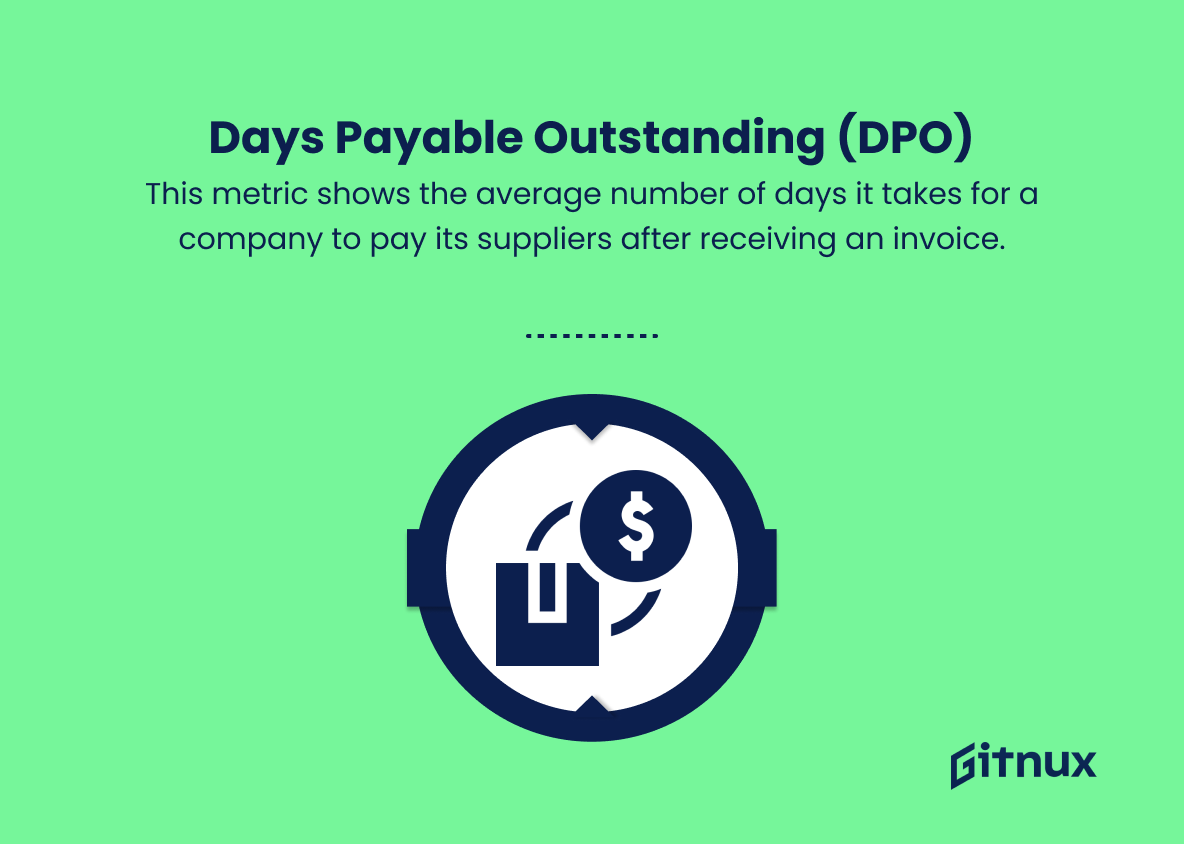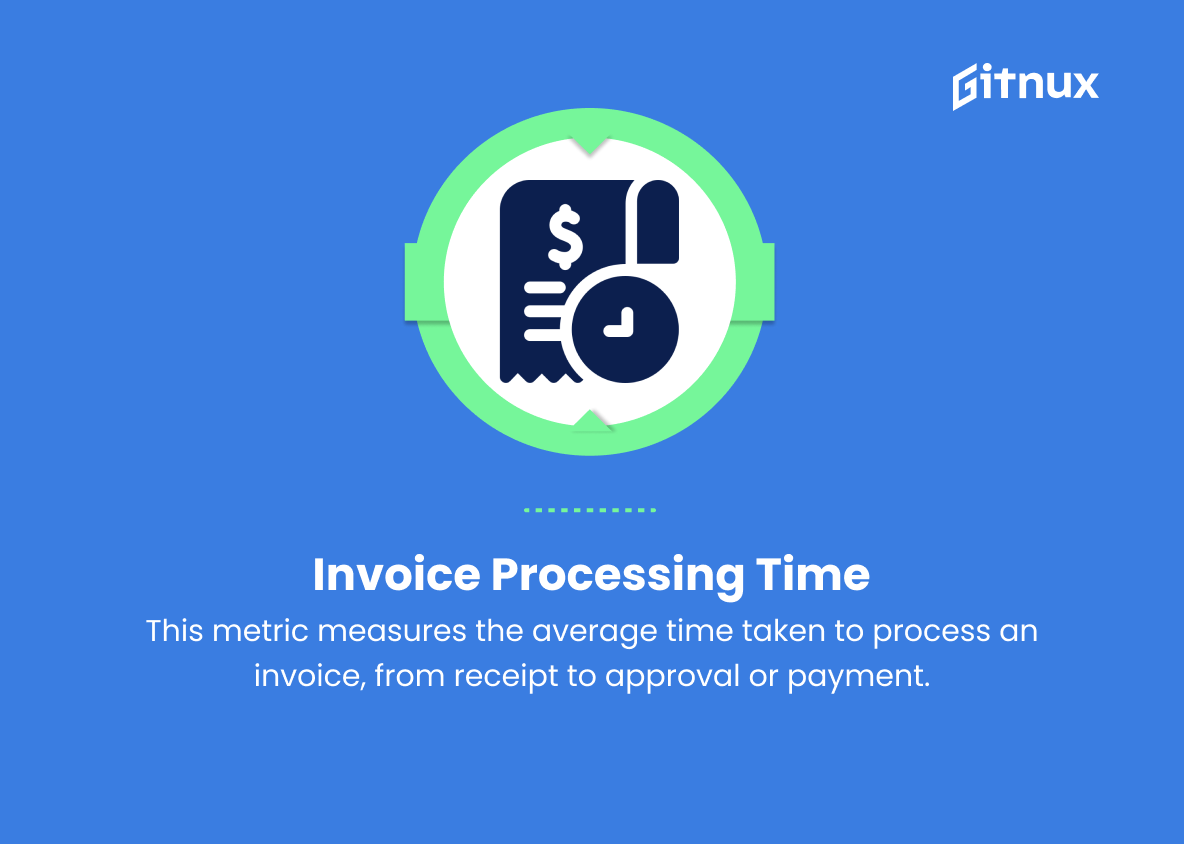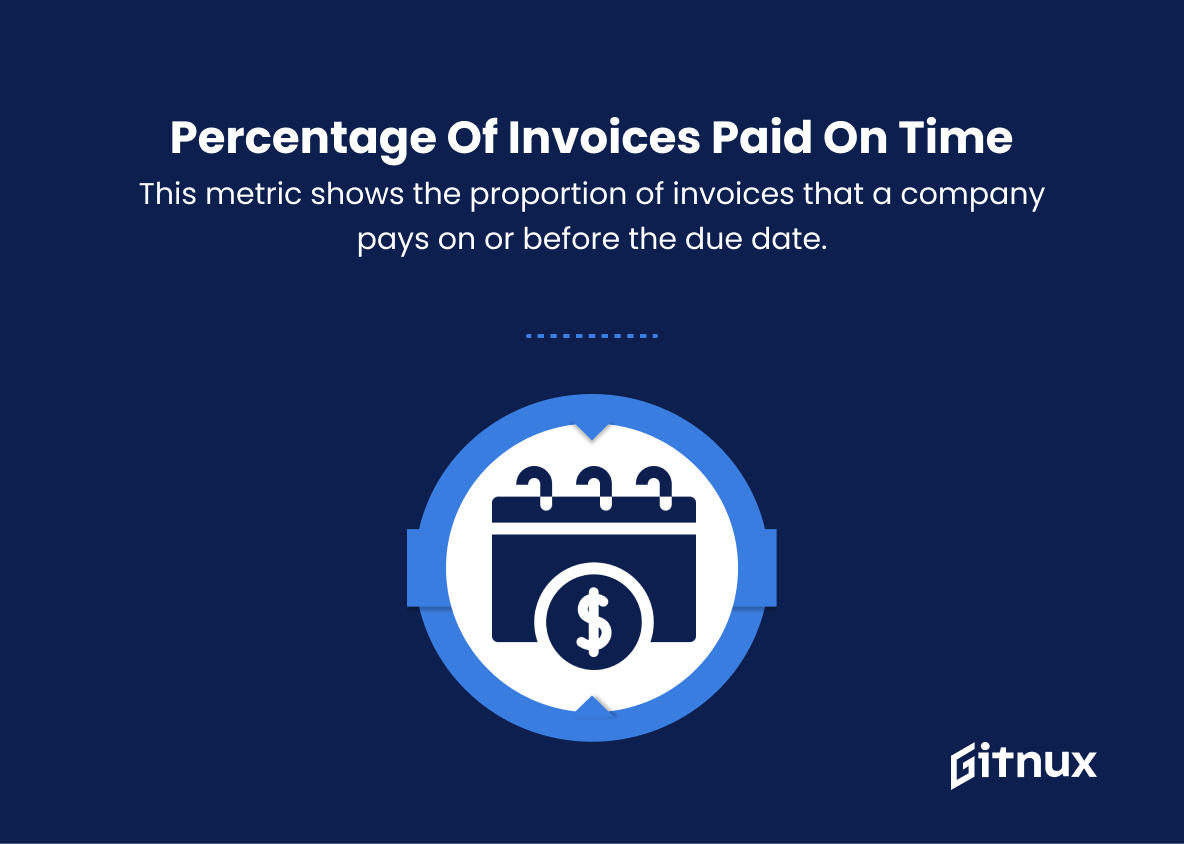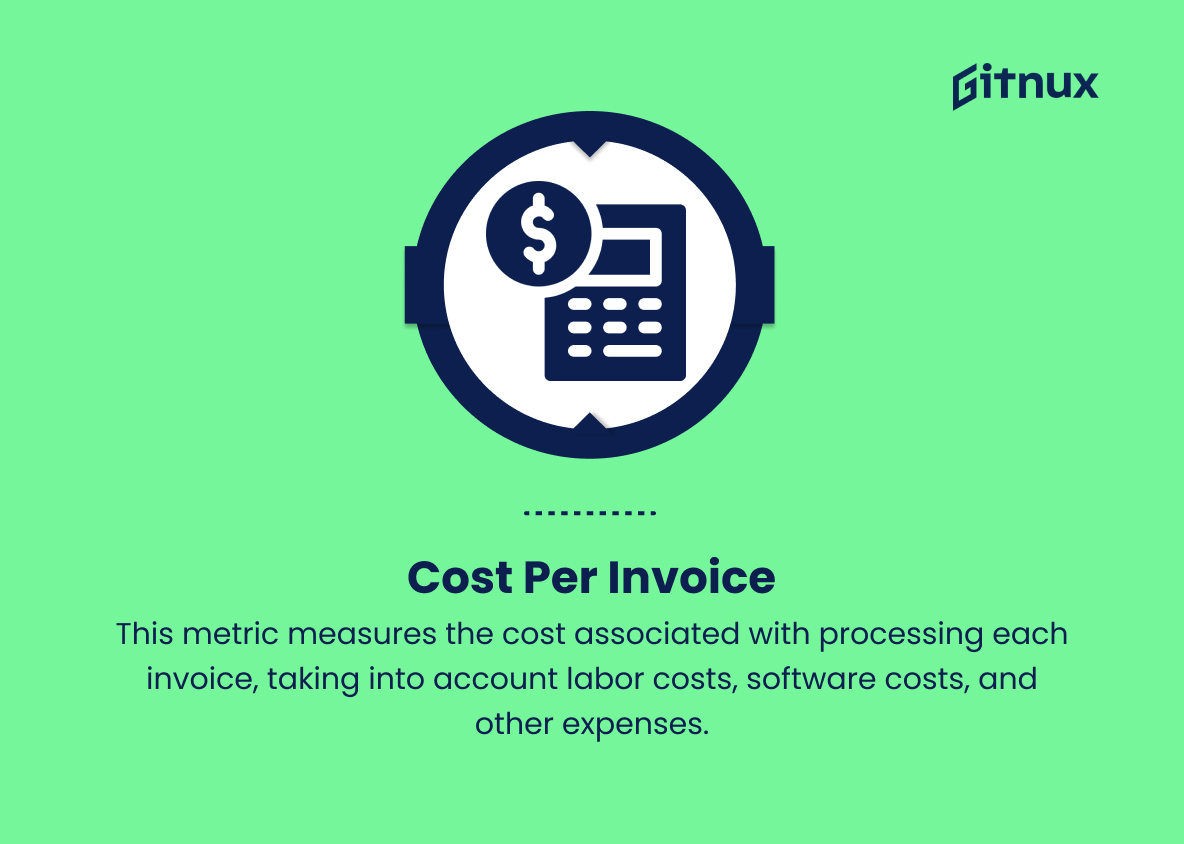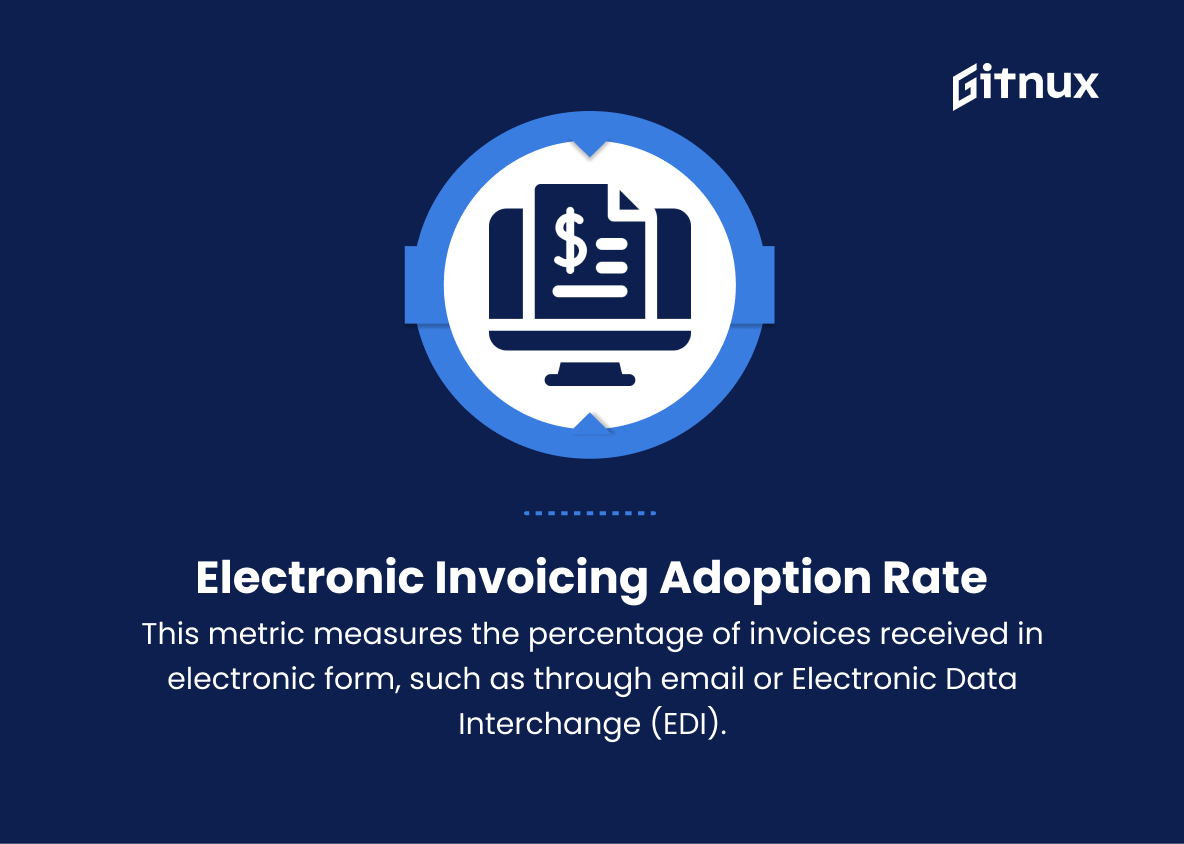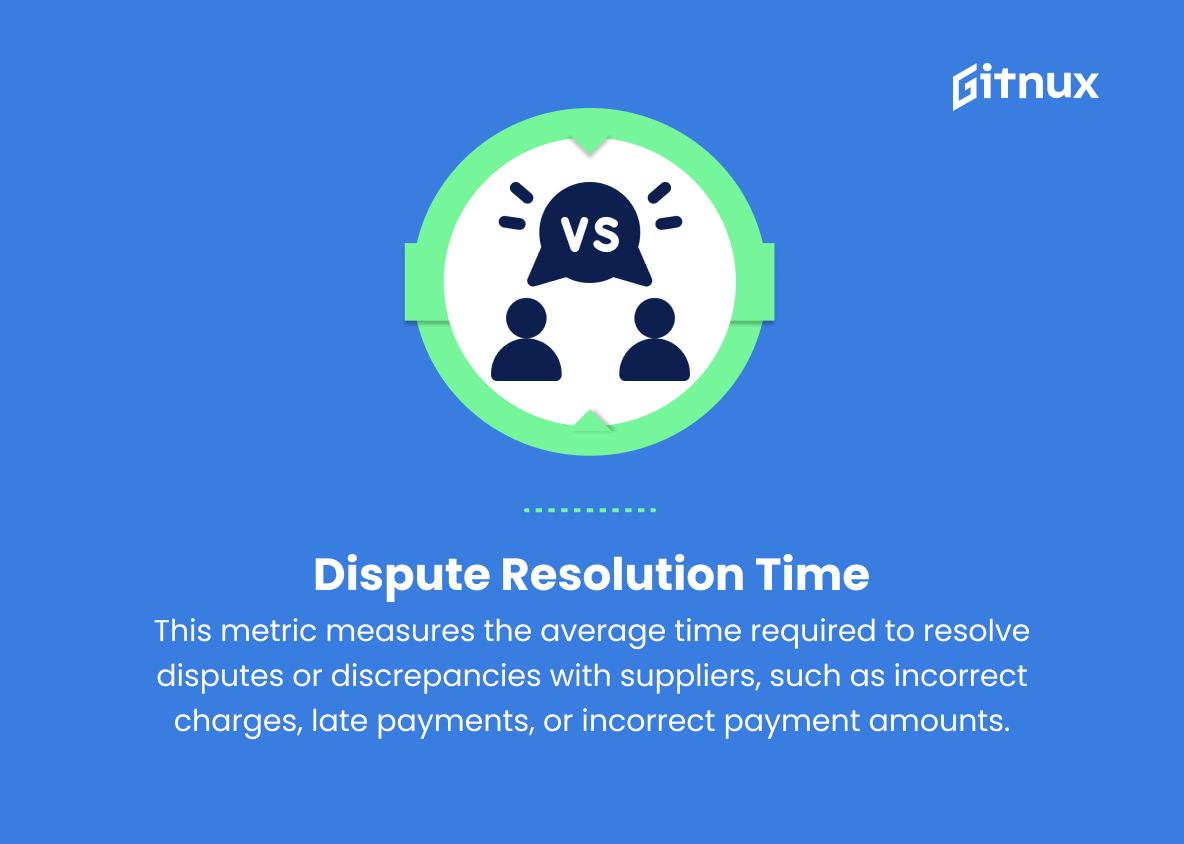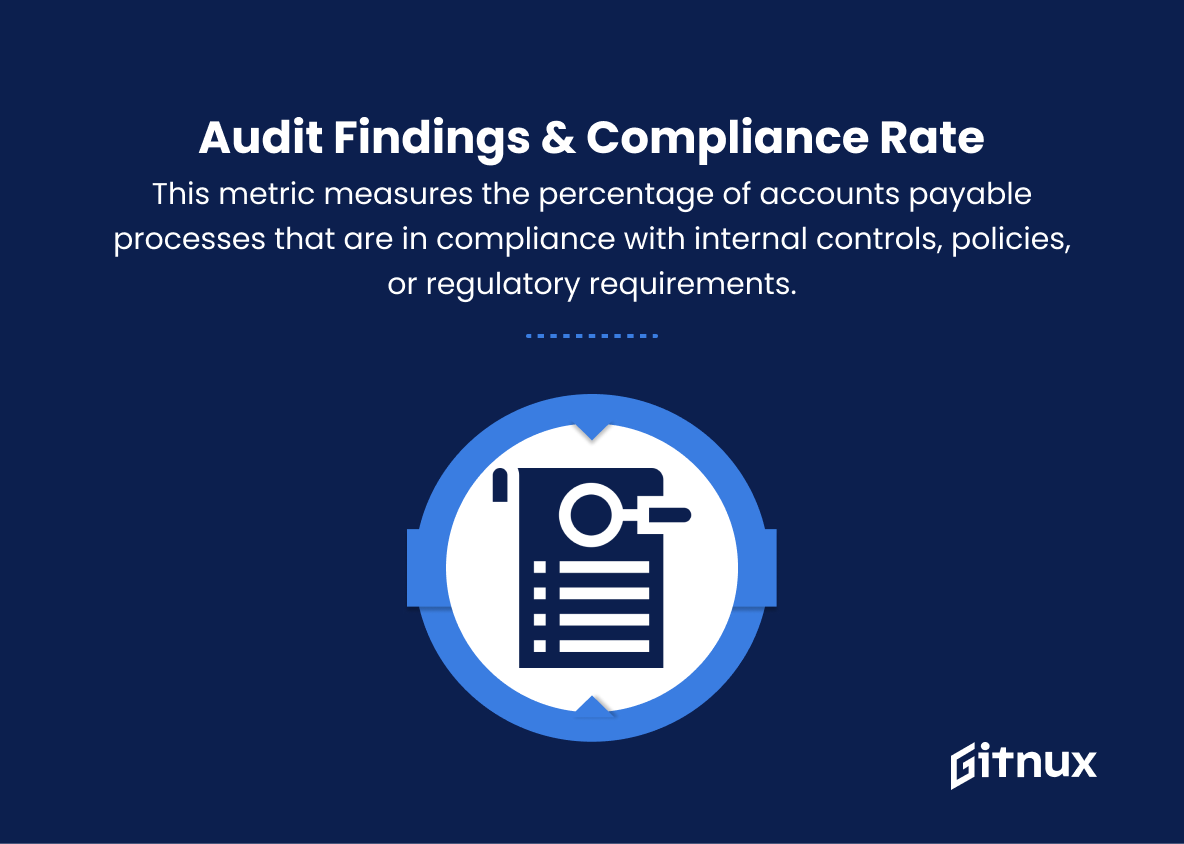In today’s fast-paced and increasingly complex world of finance, optimizing the Accounts Payable (AP) function has become more crucial than ever before. As a key component of an organization’s financial health, understanding and effectively monitoring the performance of AP processes can provide valuable insights, facilitate informed decision-making, and ultimately drive increased efficiency and cost savings.
In this blog post, we will delve into the essential Accounts Payable Performance Metrics that every organization should track and analyze to optimize their AP processes, enhance financial visibility, and maintain a competitive edge in the industry.
Accounts Payable Performance Metrics You Should Know
1. Accounts Payable Turnover Ratio
This metric measures the efficiency of a company in paying its suppliers. It is calculated by dividing the total cost of sales by the average accounts payable balance. A higher ratio indicates that suppliers are being paid quickly, while a lower ratio signifies delays in payments.
2. Days Payable Outstanding (DPO)
This metric shows the average number of days it takes for a company to pay its suppliers after receiving an invoice. A lower DPO indicates faster payment processing, while a higher DPO indicates a longer payment processing time.
3. Invoice Processing Time
This metric measures the average time taken to process an invoice, from receipt to approval or payment. A shorter invoice processing time indicates greater efficiency within the accounts payable department.
4. Percentage of Invoices Paid On Time
This metric shows the proportion of invoices that a company pays on or before the due date. A higher percentage indicates timely payments and better management of cash flows, reducing the risk of late payment fees.
5. Cost per Invoice
This metric measures the cost associated with processing each invoice, taking into account labor costs, software costs, and other expenses. Lowering this cost can indicate increased efficiency and reduced operational costs in the accounts payable process.
6. Invoice Accuracy Rate
This metric shows the percentage of invoices that are received, processed, and paid without errors, such as incorrect amounts, duplicate payments, or incorrect supplier information. A higher accuracy rate indicates better controls and reduced risk of overpayments or other financial errors.
7. Electronic Invoicing Adoption Rate
This metric measures the percentage of invoices received in electronic form, such as through email or Electronic Data Interchange (EDI). A higher adoption rate indicates increased efficiency and reduced reliance on manual, paper-based processes.
8. Vendor Satisfaction Rate
This metric measures the overall satisfaction of suppliers with the accounts payable process, often collected through surveys or feedback. A higher satisfaction rate indicates a smoother, more efficient payment process, and can potentially lead to better relationships and negotiation opportunities with suppliers.
9. Dispute Resolution Time
This metric measures the average time required to resolve disputes or discrepancies with suppliers, such as incorrect charges, late payments, or incorrect payment amounts. Shorter resolution times indicate a faster response to supplier issues and a more efficient accounts payable process.
10. Internal Audit Findings and Compliance Rate
This metric measures the percentage of accounts payable processes that are in compliance with internal controls, policies, or regulatory requirements. A higher compliance rate shows that the accounts payable department is effectively managing risks and adhering to established guidelines, reducing the likelihood of financial errors or fraud.
Accounts Payable Performance Metrics Explained
Accounts Payable Performance Metrics play a crucial role in measuring the efficiency and effectiveness of payment processes within a company. The Accounts Payable Turnover Ratio and Days Payable Outstanding (DPO) provide insights into how quickly a company pays its suppliers, while metrics like Invoice Processing Time, Percentage of Invoices Paid On Time, and Cost per Invoice focus on the efficiency of the payment process.
Ensuring accuracy in payments is vital, making Invoice Accuracy Rate an essential metric, along with Electronic Invoicing Adoption Rate, which measures the adoption of more efficient electronic invoicing processes. Vendor Satisfaction Rate reflects the overall relationship with suppliers, while Dispute Resolution Time offers insights into how effectively discrepancies are addressed.
Lastly, Internal Audit Findings and Compliance Rate gauge the adherence to established policies and regulatory requirements, ultimately reducing the risk of financial errors or fraud. All these metrics contribute to a well-functioning accounts payable department, promoting better cash flow management and stronger relationships with suppliers.
Conclusion
In summary, tracking and optimizing Accounts Payable Performance Metrics is crucial for businesses seeking to streamline their financial processes, improve efficiency, and maintain healthy cash flow. Developing a deep understanding of metrics such as Days Payable Outstanding (DPO), Cost per Invoice, Processed Invoices per FTE, and Discount Capture Rate is essential in helping businesses improve supplier relationships and enhance overall operational effectiveness.
By consistently analyzing and refining these metrics, organizations can achieve a competitive advantage and ensure their accounts payable teams are operating at peak performance. Employing best practices, utilizing technology, and promoting a culture of consistent improvement are key components in achieving excellence in accounts payable management.

